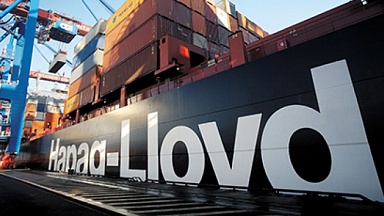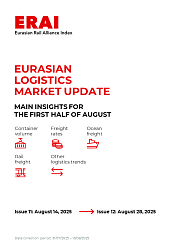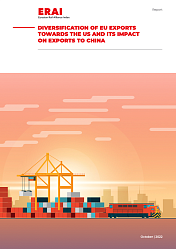But a full recovery of the sector is constrained by factors including different local anti-epidemic measures, shortages of resources and snarled logistics. Many companies’ work resumption rate is still below or near 50 percent, according to industry insiders and experts on Sunday.
The Shanghai municipal government made a whitelist of 666 companies that would be prioritized for resuming production. The list is mostly comprised of car and car parts factories, heavy industry enterprises, medical companies and high-tech firms.
Local officials revealed on Friday during a press conference that about 70 percent of the 666 companies had resumed production.
An employee at the Shanghai Boiler Works Co told the Global Times on Sunday that after the whitelist was issued, hundreds of employees applied to return to work, but local authorities only let about 80 people resume work, mostly assembly line workers.
These people, plus about 800 workers who have been working in the plant in a closed-loop style during recent weeks, mean the facility’s work resumption rate is about 45 percent.
US electric carmaker Tesla told the Global Times that about 8,000 employees had returned to their posts at the company’s Shanghai Gigafactory 3. The company revealed in November 2021 that Tesla’s Shanghai plant has about 15,000 employees, which means that the current work resumption rate is about 53 percent.
Zhang Xiang, a research fellow at the Research Center of Automobile Industry Innovation under the North China University of Technology, told the Global Times on Sunday that Tesla’s phase two Shanghai plant, which makes Model Y cars, has resumed production, while the phase one facility has not. The employees work in one shift instead of two as in normal times.
The industrial park of Sany Heavy Machinery in Shanghai’s Lingang region has resumed production, but the resumption rate is only about 20 percent, gmw.cn reported on Thursday.
Some factories are still preparing to restart. Ship producer Jiangnan Shipyard Group Co, which is located on Shanghai’s Changxing island, ran a stress test for work resumption on Saturday, according to a report by eworldship.com.
The test included catering, accommodation, emergency reaction plans and so forth. The company will only restart production gradually if the test doesn’t produce any unexpected results.
According to Zhang, there are still three major obstacles that hinder the recovery of production in the Yangtze River Delta region, which includes Shanghai: a lack of resources, logistics blockages and workers’ inability to leave their homes because of the COVID-19 epidemic.
«Resources and personnel flows are restricted by different local governments’ policies, and have to meet certain requirements to reach their destinations, which greatly hinders the resumption of production,» Zhang said.
The Shanghai boiler plant employee also said that many workers are still confined to their neighborhoods, and traffic doesn’t flow freely among different districts, meaning that workers who live far from the factory won’t be able to travel to the plant.
«Resources are also lacking. There isn’t enough food at the plant, and workers have to eat instant noodles many times. Work resources like drafting sheets are also lacking,» he said.
But he stressed that the company has given a lot of support to employees, such as arranging hundreds of camp beds for on-site workers and handing food packages to employees.
A small-scale Shanghai-based vehicle supplier told the Global Times that snarled logistics channels are a major problem weighing on work resumption.
«Many key materials are not able to enter or leave Shanghai. The logistics companies we used to cooperate with have suspended operation,» a person from the company said.
Chen Jia, a research fellow with the International Monetary Institute of the Renmin University of China, told the Global Times that the work resumption of the first batch of whitelist companies in Shanghai is advancing smoothly, but problems still need to be addressed in the logistics sector.
«The work resumption of the whole industry chain needs the cooperation of each local community in Shanghai and the same pace of other neighboring provinces to push forward together, which is why China is accelerating the establishment of a unified domestic market,» Chen said.
He also noted that the increased logistics costs and clogged highways and ports have been a severe challenge to production resumption.
Since mid-March, Shanghai has administered 655 sea-rail combined transport trains that have carried 84,000 standard containers, up 42 percent year-on-year to meet the demands of import and export cargo transportation among the cities of the Yangtze River Delta region and Shanghai port.





